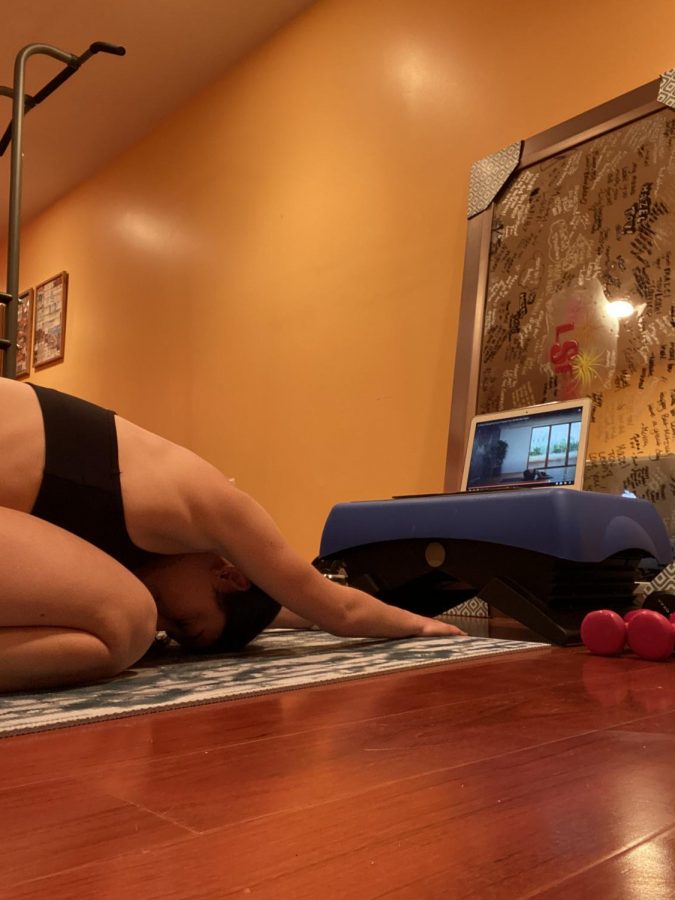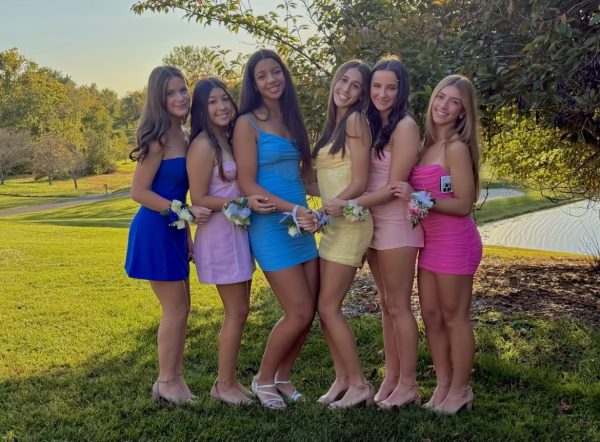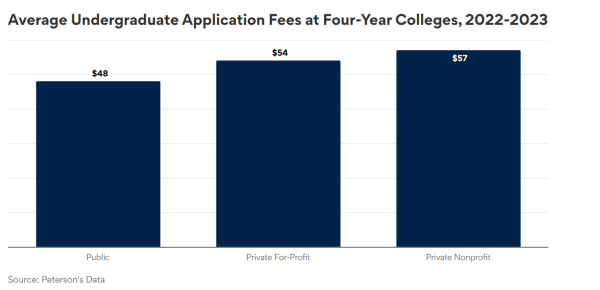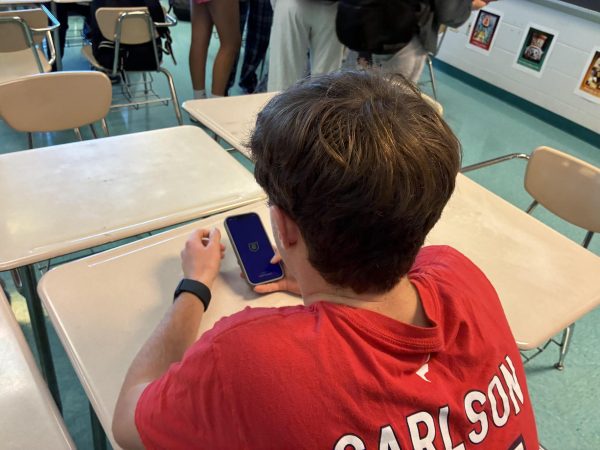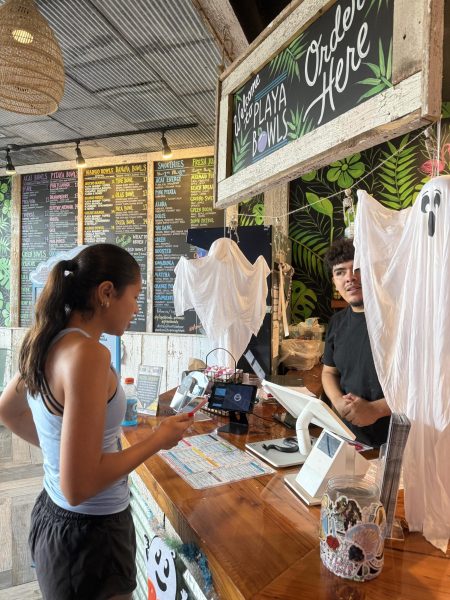Becoming a yogi
Sophomore Josie Starr practices yoga, actively in child’s pose. She uses the Alo Yoga YouTube channel.
Whether you have taken yoga at school, do it at home or have never done it before, I strongly suggest you start adding yoga into your daily routine. Because yoga is such an expansive activity, anyone can do it, at any level.
Students probably know that yoga is beneficial, but in what way? According to hopkinsmedicine.org, yoga improves strength, balance and flexibility, helps with back pain relief, eases arthritis symptoms, benefits heart health, relaxes you to help you sleep better, gives you more energy and puts you in a better mood, helps manage stress, promotes better self-care and connects you with a supportive community.
“I love doing yoga because it helps me destress and get more flexible. However, I don’t know a lot about it so I definitely want to start learning more,” sophomore Josie Starr said.
Something that is confusing to people who don’t know a lot about yoga is how many different types of yoga there are. Yoga in general can be defined as “the connection between the body, mind and spirit,” but each type of yoga has its own interpretation, according to yogamedicine.com.
Some common practices of yoga include vinyasa, yin, bikram and restorative, but the list goes on.
Vinyasa yoga: In vinyasa yoga, the poses are synchronized with the breath in a continuous rhythmic flow. This type of yoga is suitable for anyone, from someone completely new to yoga to someone who has been doing yoga for years. Vinyasa yoga is calming and invites the person to create a strong link between their mind, their breath and their body.
Yin yoga: Yin yoga adapts a style similar to martial arts, where the poses are held for a minute and up to five minutes or more. It is designed to increase circulation in the joints and improve flexibility. Props such as blocks, bolsters and blankets allow gravity to do all the work, so that the person is relaxed.
Bikram yoga: Bikram yoga is a form of hot yoga that has strict rules. “Each class is 90 minutes, with 26 postures and two breathing exercises and the room must be 105° Fahrenheit with 40 percent humidity. Additionally, instructors do not adjust students.” Because the rules are so strict, studios just call them “hot yoga” classes so that they can customize them how they want, according to yogamedicine.com.
Restorative yoga: The goal of restorative yoga is for each person to completely relax into each pose, using props to do so. The poses are held for five or more minutes, meaning each class will only move through a few poses. People are encouraged to shift between being asleep and being awake and it is beneficial for those who need to de-stress.
“I usually do Vinyasa yoga because I like how there are a lot of different poses in one class,” Starr said.
While these are only a handful of all the different forms of yoga, they are some of my favorites. If you are someone who wants to get into yoga, I recommend vinyasa. Vinyasa yoga is a simple and easy class to start with and is probably what most people think of when they envision a yoga class. For those who do not want to take an in-person class, I strongly recommend the Alo Yoga YouTube channel. They offer a wide variety of full yoga classes for free.
“I love yoga because it gives you a chance to stop thinking about everything going on and allows you to work out while doing so,” senior Zara Chavoshi said.
Your donation will support the student journalists of Thomas S. Wootton High School. Your contribution will allow us to purchase equipment and cover our annual website hosting costs.
Leah Starr is a 2021 graduate.


